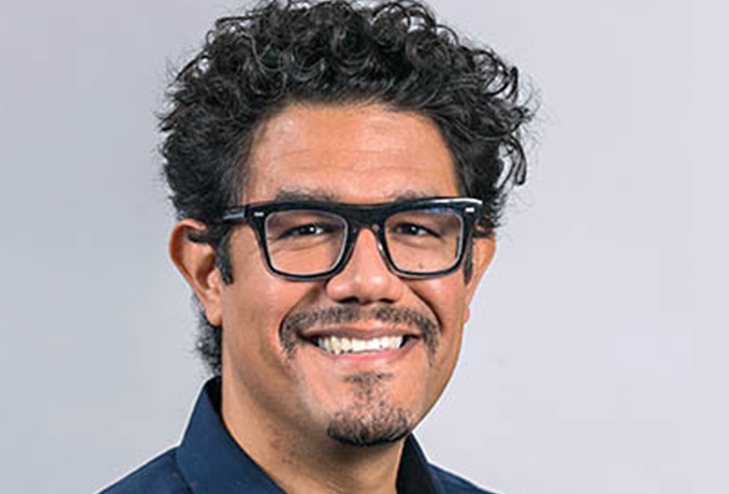
Treat Yourself to a Communication Trick: The SMART Way to Make Requests
Welcome to a new month of opportunities for growth and self-improvement. As the festive season approaches, the sight of children in costumes roaming our neighborhoods, knocking on doors, and eagerly seeking treats serves as a delightful reminder of the joy of giving. While we may have outgrown the excitement of receiving sweets, we, as adults, can still partake in the spirit of the season by honing our ability to articulate our desires and needs to those close to us.
The Challenge of Asking for Help
As adults, it's no surprise that we often struggle with reaching out for assistance. Why? Because somewhere along the way, we got the idea that we're supposed to have this whole "adulting" thing completely nailed down, with every aspect of our lives neatly sorted. But here's the reality check: life doesn't follow a tidy script, and that's perfectly okay.
In fact, we humans are wired for connection and relationships. It's one reason why we eagerly hand out candy to those trick-or-treaters on Halloween. We do it because making others happy is deeply rewarding, and it strengthens the bonds we share with them. So, just like sharing a treat, asking for help can be a way of nurturing those connections, too.
Asking for help doesn't have to be seen as a burden to others. Instead, making requests is a form of acknowledging our sense of security and connection with the people we care about. Nonetheless, how we ask for help makes a big difference in how we relate and how we maintain the quality of our relationships.
Understanding SMART Requests
This month, while helping your children prepare for Halloween by purchasing or creating costumes, you can also practice communicating needs by making SMART requests.
SMART stands for Small, Measurable, Achievable, Relevant, and Time-limited.
Let's illustrate SMART requests through an example. Consider a common request someone might make to their spouse: "I need you to listen to me." Without question, it's important to feel heard in a relationship. However, the spouse receiving the request gets little information that helps them make meaningful changes in how they can demonstrate that they're listening to their partner. Additionally, the person hearing the request might well become defensive, as the assumption is that they're not listening, when, from their perspective, they might believe that they have put in considerable effort to listen to their spouse.
SUBSCRIBE TO OUR BLOG
and you'll receive more health & wellness tips right in your inbox.
SUBSCRIBE NOWBreaking Down a SMART Request
SMART requests help us communicate clearly. They offer a guide to ensure that we provide specific information in a way that leads to achievable goals. Let's take it step by step and turn the request to "be listened to" into a SMART request:
Small
"Please maintain eye contact while I talk to you." It's a straightforward, specific request that would be hard to misinterpret or misunderstand.
Measurable
It's quite easy to "measure" whether eye contact was maintained – either your partner's eyeballs were generally locked in your direction while you spoke to them, or they weren't.
Achievable
Though someone might have created a habit of not looking directly at others while talking to them, a few gentle reminders can get those eyeballs back up in the speaker's direction. It's not a big ask.
Relevant
Looking at the person talking to you is a basic behavioral indicator that you're attending and listening to them. The request makes sense.
Time-limited
It's clear when the behavior is supposed to happen. If I am talking to you, please look in my direction.
SMART requests benefit both parties. The person making the request provides the information that will increase the likelihood that they will obtain the results they seek. The person hearing the information is left feeling assured that they are well-equipped to meet the needs of the other appropriately. In turn, both parties are left feeling seen and acknowledged – and very likely – connected to the other.
To make an appointment with an EAP counselor, call 901-683-5658 or go to www.methodisteapcanhelp.org.

Carlos Torres, Ph.D.
Clinical Psychologist
Le Bonheur Children's Hospital
Carlos Torres, Ph.D., is a clinical psychologist who provides families of hospitalized patients at Le Bonheur Children's Hospital with mental health services. He is also the EAP counselor for associates at the hospital.
Related Articles


